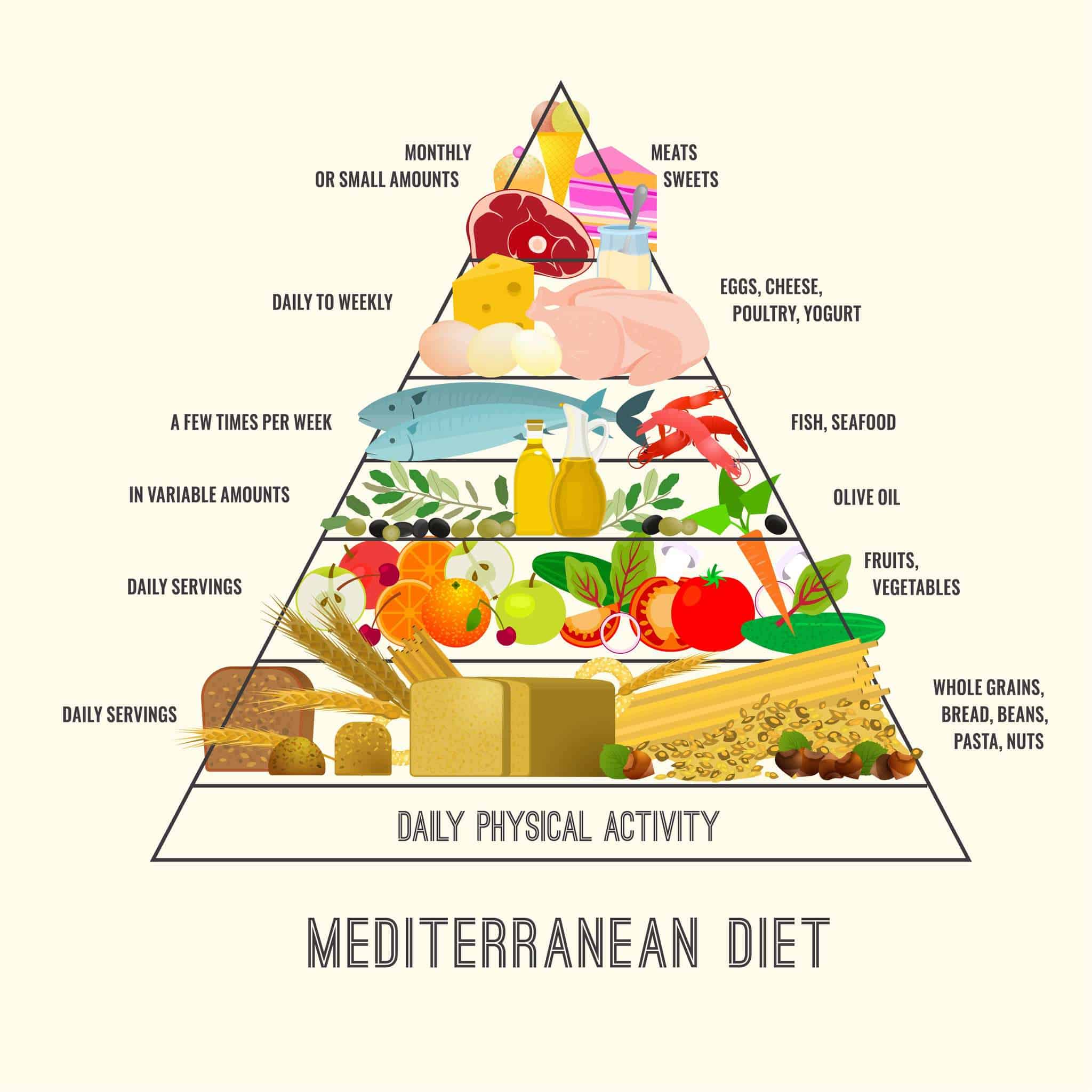South Sea Diet: This intriguing dietary approach, rooted in the rich cultural heritage of Pacific Island nations, offers a fascinating blend of traditional foods and modern health consciousness. It emphasizes fresh, locally sourced ingredients and sustainable practices, promising not only physical well-being but also a connection to a vibrant culinary tradition. This exploration delves into the history, principles, benefits, and practical applications of this unique dietary path, providing a comprehensive understanding for those seeking a healthier and more environmentally conscious lifestyle.
We will examine the historical context of the South Sea Diet, exploring its cultural origins and the key influences that shaped its development. A detailed analysis of its core principles, including recommended food groups and daily intake, will be presented, along with comparisons to other popular diets. We will also investigate the potential health benefits and risks, backed by scientific evidence, and offer practical guidance on implementing this diet into daily life. Finally, we’ll assess the environmental impact and sustainability of the South Sea Diet, concluding with a collection of authentic recipes and a vivid visual representation of a typical South Sea Diet meal.
Visual Representation of the South Sea Diet
The South Sea Diet, emphasizing fresh, locally sourced ingredients, translates visually into a vibrant and diverse array of colors and textures on the plate. A typical meal is far from monotonous; it’s a celebration of the region’s bounty, reflecting both the land and the sea.
A balanced plate might feature a generous portion of grilled or baked fish, perhaps a flaky mahi-mahi with its pearly white flesh, contrasted by the deep orange of a vibrant mango salsa. The sweetness of the mango is balanced by the slight tang of lime and the subtle heat of a chili pepper, adding visual interest with its fiery red hue. Alongside the fish, a mound of steamed brown rice, a light beige, provides a textural counterpoint to the fish’s flakiness and the salsa’s juicy texture. Dark green leafy vegetables like spinach or island greens, adding a fresh and earthy note, complete the ensemble. A small portion of coconut-based curry, perhaps featuring chunks of sweet potato and tender chicken, introduces a creamy texture and a warm, golden hue.
Variety of Foods and Their Appearance
The South Sea Diet showcases a wide spectrum of foods, each contributing unique visual and textural elements to a meal. The bright, almost neon, pink of a freshly sliced papaya contrasts beautifully with the deep purple of taro root, cooked until tender and slightly glossy. The firm, crisp bite of a cucumber offers a refreshing contrast to the softer textures of the cooked vegetables. Freshly caught seafood, whether it’s the glistening, silver skin of a snapper or the deep red of a lobster, adds a visual richness. Tropical fruits like pineapple (with its golden yellow flesh and textured rind) and guava (a vibrant pink-red) contribute bright bursts of color and a juicy sweetness. The nutty brown color and firm texture of coconut, whether in its whole form or shredded, provides a textural and visual element in many dishes. The dark green of sea vegetables, like seaweed, adds a unique visual and nutritional component. These ingredients, when combined thoughtfully, create a visually stunning and nutritionally complete meal.
Conclusion
The South Sea Diet emerges as more than just a dietary plan; it’s a journey towards a healthier lifestyle intertwined with cultural appreciation and environmental responsibility. By emphasizing fresh, whole foods and sustainable practices, this approach offers a holistic path to well-being. While individual results may vary, the emphasis on nutrient-rich foods and mindful eating makes the South Sea Diet a compelling option for those seeking a balanced and sustainable approach to nutrition. Further research and individual consultation with healthcare professionals are encouraged to ensure this diet aligns with personal health needs and goals.




